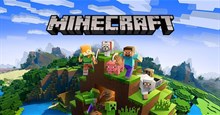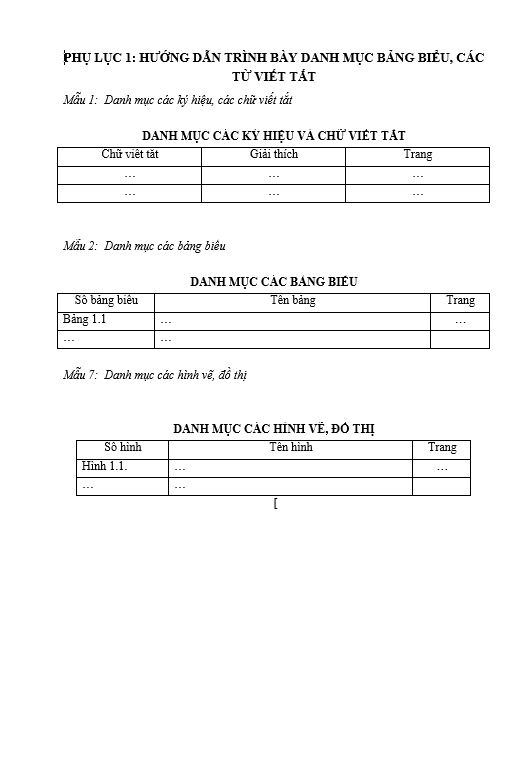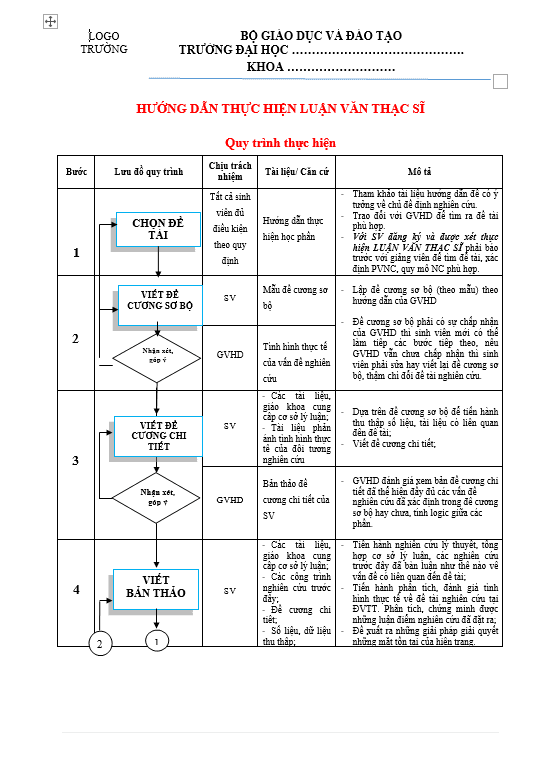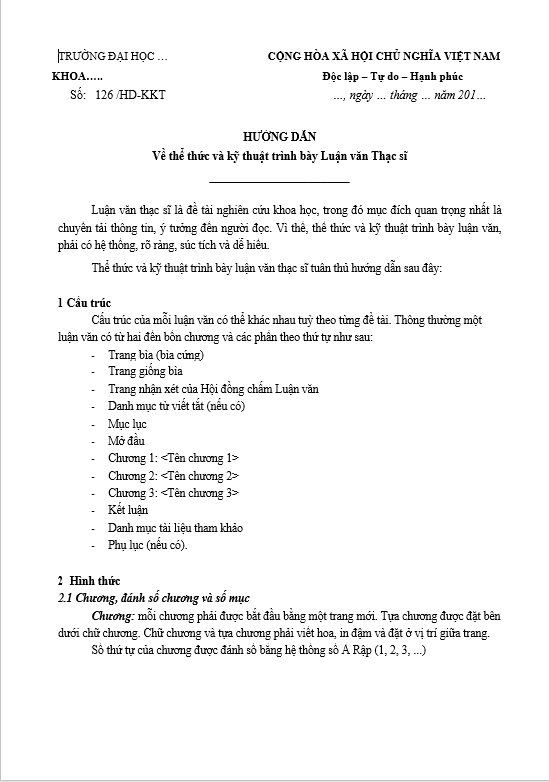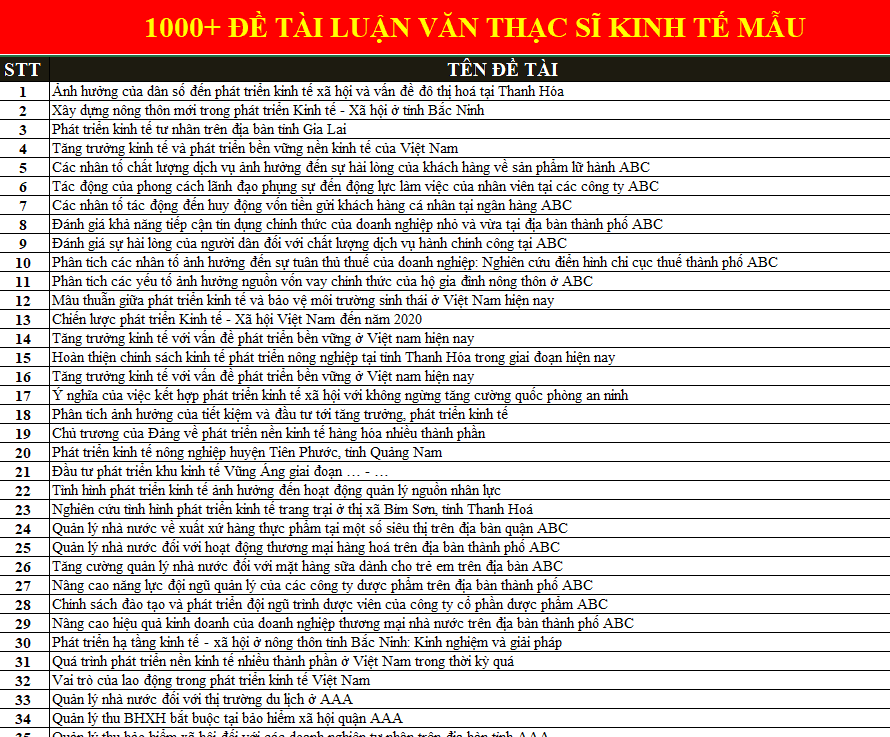Contents
Declaration ……………………………………………………………………………………………………………. vi
Acknowledgments ………………………………………………………………………………………………….vii
Acronyms …………………………………………………………………………………………………………… viii
List of tables and Figures ………………………………………………………………………………………… ix
Abstract …………………………………………………………………………………………………………………. x
Chapter 1 ……………………………………………………………………………………………………………….. 1
1.1 Introduction …………………………………………………………………………………………………….. 1
1.2 Background ………………………………………………………………………………………………………. 1
1.3. The Context of humanitarian missions ………………………………………………………………… 2
1.4. Research objective ……………………………………………………………………………………………. 3
1.5. Research questions …………………………………………………………………………………………….
1.6. Field Investigation: Rwanda and the Central African Republic ………………………………. 4
1.6.1. Rwanda ……………………………………………………………………………………………………… 4
1.6.2. Central African Republic (CAR) ……………………………………………………………………. 4
1.7. Rationale and justification …………………………………………………………………………………. 5
1.8. Structure ………………………………………………………………………………………………………….. 6
1.9. Conclusion ………………………………………………………………………………………………………. 7
Chapter 2: Literature Review ……………………………………………………………………………………. 8
2.1. Introduction ……………………………………………………………………………………………………… 8
2.2. Conceptual framework ………………………………………………………………………………………. 8
2.2.1. Generation Y (Gen Y) ………………………………………………………………………………….. 8
2.2.2 Staff turnover …………………………………………………………………………………………….. 12
2.2.3 Staff retention ……………………………………………………………………………………………….. 15
2.3 Theoretical framework and discussion………………………………………………………………… 16
2.3.1 Staff retention and motivation theory …………………………………………………………….. 17
2.3.2. Staff retention and leadership ………………………………………………………………………. 19
2.3.3. Staff retention and humanitarian organisational culture ………………………………….. 21
2.3.4. Staff retention and psychological contract …………………………………………………….. 22
2.4 Conclusion ……………………………………………………………………………………………………… 24
Chapter 3: Methodology ………………………………………………………………………………………… 25
3.1. Introduction ……………………………………………………………………………………………………. 25
3.2. A qualitative approach ……………………………………………………………………………………. 25
3.3. Sampling Strategy …………………………………………………………………………………………… 25
3.4. Data gathering method …………………………………………………………………………………….. 27
3.5. Data gathering process ……………………………………………………………………………………. 28
3.6. Research challenges and limitations ………………………………………………………………….. 29
3.7. Personal biases ………………………………………………………………………………………………. 30
3.8. Ethical issues ………………………………………………………………………………………………….. 30
3.9. Conclusion …………………………………………………………………………………………………….. 30
Chapter 4: Data Analysis ……………………………………………………………………………………….. 31
4.1. Introduction ……………………………………………………………………………………………………. 31
4.2. Profile of interviewees …………………………………………………………………………………….. 31
4.3. Presentation of the findings ………………………………………………………………………………. 33
4.3.1 Reality in the field ………………………………………………………………………………………. 33
4.3.2. Commitment to their job and career perspective …………………………………………….. 37
4.3.4 Respondents’ recommendations ……………………………………………………………………. 40
4.4 Analysis of findings and discussion ……………………………………………………………………. 42
4.4.1. Reality in the field ……………………………………………………………………………………… 42
4.4.2. Commitment to their job and career perspective …………………………………………….. 44
4.4.3. Respondents’ recommendations …………………………………………………………………… 45
4.5. Conclusion …………………………………………………………………………………………………….. 46
Chapter 5: Conclusion ……………………………………………………………………………………………. 47
5.1 Introduction …………………………………………………………………………………………………….. 47
5.2 Research conclusion ………………………………………………………………………………………… 47
5.3. Limitation and Recommendations …………………………………………………………………….. 49
5.3.1 Limitations ………………………………………………………………………………………………… 49
5.3.2 Recommendations ………………………………………………………………………………………. 50
5.4 Conclusion ……………………………………………………………………………………………………… 50
Chapter 6: Reflections on learning and skills development ………………………………………… 52
6.1. Introduction ……………………………………………………………………………………………………. 52
Doing the MBA course ………………………………………………………………………………………….. 52
6.2. Learning ………………………………………………………………………………………………………… 53
6.3. Skills
Development
………………………………………………………………………………………. 54
6.4. Obstacles, personal weakness and the MBA ………………………………………………………. 56
6.5. Towards improving my decision making skills …………………………………………………… 57
6.6. Personal achievement ……………………………………………………………………………………… 58
6.7. MBA, what is next…. ……………………………………………………………………………………… 59
6.8. Conclusion …………………………………………………………………………………………………….. 60
Appendix ……………………………………………………………………………………………………………… 61
Appendix 1: Semi-structure interview guide …………………………………………………………….. 61
Bibliography ………………………………………………………………………………………………………… 62






